
PRODUCT
-

0~20BAR 5V 0-20 Bar piezoresistive ceramic micr...
Product name: ceramic pressure sensor
pressure range: 0-20bar
dimension: diameter φ18, height is upon pressure range
excitation: 2.5…30Vdc,max
bridge impedance: 11KΩ±30%
full scale output: 3mV/V,type
operation temperature: -40~135℃
-
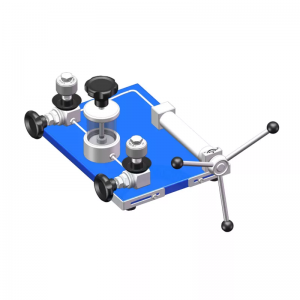
Meokon manual pressure pump tester pressure gau...
Pressure measuring medium: water and oil
pure water or special oil (choose one of two) Use temperature: 0 ~ 50 ºC
Dimensions: 375x290x205 (length × width × height)
Instrument weight: 5.24 kg
Pressure range: 0 ~ 1 0 / 1 6 / 2 5 / 4 0 / 6 0MPa -
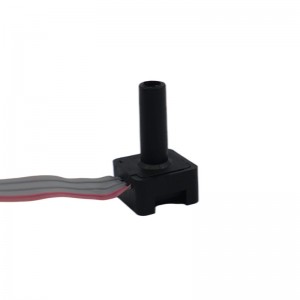
Meokon Building Water Supply Pressure Water Sen...
Low cost, small size, easy to installRange width: minimum-3~3KPa, maximum0~1.6MPaThe comprehensive accuracy of 0~85ºC up to 1.5%FSStorage temperature-20~120 ºC, working temperature 0~100 ºC -

Meokon Ceramic Resistance Sensor Urea Pressure ...
Maximum 1.5% error in the range of 0~85ºCTemperature compensation range -40~125ºClOperation voltage: 5±0.25VHigh voltage 10V protection, reverse connection protectionHigh reliability, low drift -
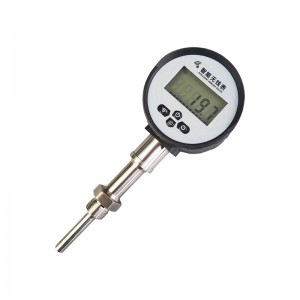
Meokon Wireless Digital Thermometer Pressure Se...
GPRS/LORaWAN/NB-iot, ZigBee wireless communication signal optional
High-strength nylon shell, ultra-low power consumption design
Up-sending frequency, high and low alarm value
adjustable by button, can be set from 1 minute to 24 hours
3.6VDC power supply/battery power supply
-
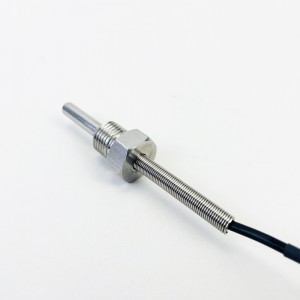
Meokon Industrial Platinum Thermistors Temperat...
Small size, easy to install
The sensor is in contact with the measured medium, with high reliability
The material of the part in contact with the medium is corrosion-resistant
-

MD-L100 IP68 Rate Signal Input Water Level Tan...
12~28V wide power supplyIP 68 waterproof design
Anti-electromagnetic interference design to ensure the stability of the signal
304 stainless steel shell with polyurethane cable, strong media compatibility
-
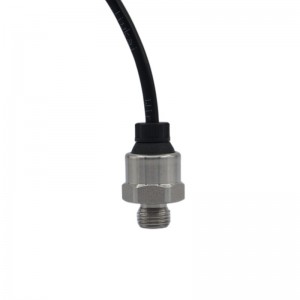
Meokon Small Pressure Transmitter with 4-20mA S...
0.5-4.5V, 4-20mA outputSmall sizeGood stabilityHigh overloadTemperature range: -40…85ºC -
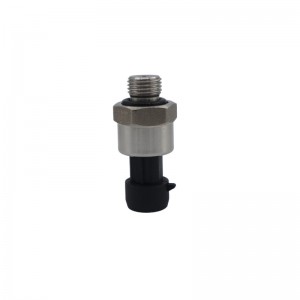
Meokon Current Output Pressure Transmitter
IP65 Compact SizeMax Operatiing Temp 120ºCAnti-corrosive SS304 HousingLong-term Stability with Cost-effective Current Output Solution
Digital Full Temperature Compensation (-20~120ºC) -
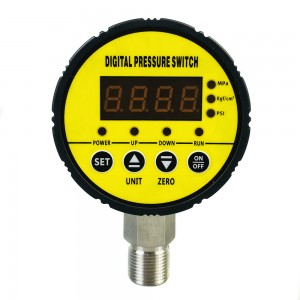
Meokon Economical Digital Display Electric Cont...
4 digits LED showing pressure in real time
Three pressure units available, one key to zero clearing
High precision; long serving time; good shock and impact resistance
Connecting mode the same as mechanical electro connecting pressure gauge -

Meokon Water Oil Gas Mechanicall Pressure Switc...
Alarm point set by customercompact size, convenient connectionNC/NO double contact pointscontact silver plating and with large capacity -
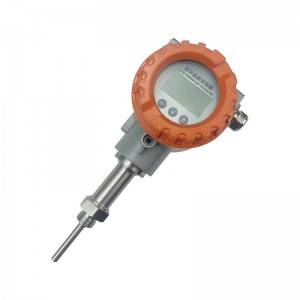
MD-T 2088 Temperature Transmitter
MD-T2088 is a digital temperature transmitter with display, built-in high-precision temperature sensor, can accurately display the temperature in real time, and can transmit the temperature signal remotely, with high precision and long-term stability.
This temperature transmitter adopts LCD display screen, with various functions such as Celsius/Fahrenheit switching, full-scale correction, digital filtering, etc., simple operation and convenient installation.
This product can measure water, oil, air and other non-corrosive media to stainless steel. The high-precision PT100 is used as the temperature measurement element. The measurement method uses temperature probe contact insertion, and the circuit performs 0-60 ambient temperature compensation.
